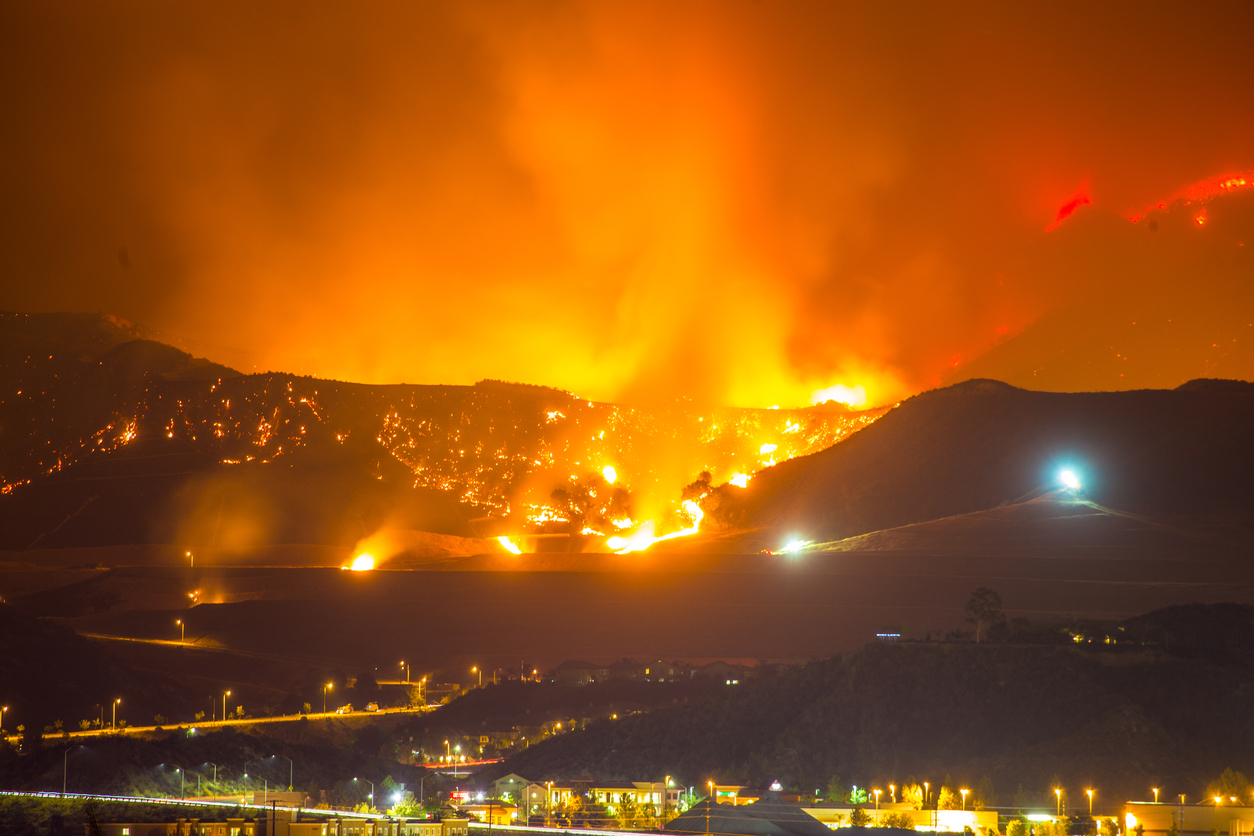Opponents of PG&E’s bankruptcy exit strategy had spent weeks laying out their concerns, with a particular focus on personal-injury lawyer Mikal Watts, whose firm counts 16,000 fire victims as clients and who was at the bargaining table when PG&E negotiated its proposed settlement.
Other wildfire victims accused Mr. Watts of harboring a conflict of interest after he received a $100 million loan in which PG&E investors Centerbridge Partners LP and Apollo Global Management Inc. held stakes.
The judge presiding over PG&E’s bankruptcy said he wouldn’t disqualify the votes of Mr. Watts’s clients, rebuffing a challenge that could have held up PG&E’s progress in getting out of bankruptcy.
On Monday, PG&E said the preliminary voting results “indicate overwhelming acceptance” of the settlement proposal by wildfire victims, with the final, certified results expected later this week.
The company is scheduled to return to the U.S. Bankruptcy Court in San Francisco beginning May 27 to seek confirmation of a chapter 11 plan, which clears up an estimated $30 billion worth of liabilities from past wildfires linked to the company’s equipment.
On Thursday, California regulators are scheduled to unveil their position on the restructuring plan, just as the utility heads into what could be a bad fire season after a dry winter produced drought conditions in part of PG&E’s service territory.
PG&E, however, is on track to qualify to participate in a new statewide fund designed to cushion California utilities against overwhelming damage claims from future wildfires.
The company’s poor safety record has made it a target of criticism for years. California Gov. Gavin Newsom, a Democrat, has been one of PG&E’s harshest critics and he has demanded safeguards in the bankruptcy plan to ensure that PG&E puts safety above shareholder profits once it exits chapter 11.
“Now the hard part begins,” said Jared Ellias, who teaches bankruptcy law at the University of California, Hastings College of the Law in San Francisco.
An administrative law judge in April recommended that the California Public Utilities Commission clear PG&E’s chapter 11 plan. Mr. Ellias said there is no sign that commissioners will dump that recommendation.
Unlike the bankruptcy court, which will be taking its last look at PG&E before allowing it to exit, the utilities commission will be keeping close tabs on the company, Mr. Ellias said.













